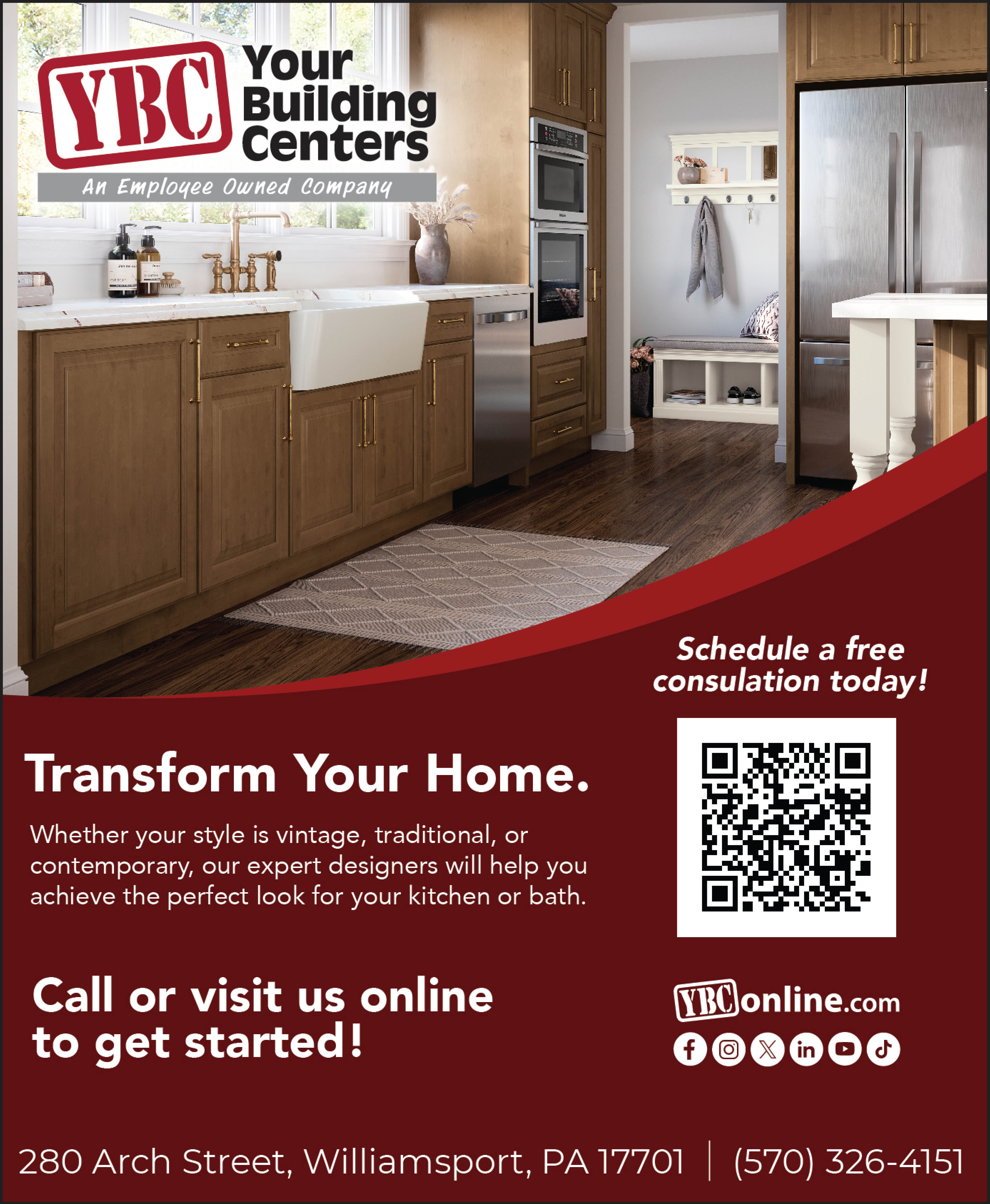The decision to buy a home is significant. Real estate is the biggest investment the average person will make in his or her lifetime, which underscores just how significant the home buying decision can be.
The real estate experts at Zillow recently reported that the national median price of a home in the United States is $272,446. However, since the National Association of Realtors reported a record low housing inventory late in 2020, the average house price has been rising rapidly nationwide. The Federal Reserve Bank of St. Louis estimates the median home sales price at $374,900, and certain states have much higher prices. WOWA, a real estate and finance technology company, says the average sale price of a home in Canada was $679,051 in July 2021.
Most people do not have $300,000 to $600,000 in savings on hand to purchase a home in cash. That means they’ll need to rely on financing to pay for their dream homes.
Conventional lending
Conventional lending refers to when a bank or another financial institution loans a home buyer money to buy a home. This is one of the most common ways to fund a home purchase. Personal credit score as well as credit history help determine eligibility and interest rates for conventional loans. Availability of assets as well as income level are some additional determining factors. Conventional loans are traditionally 10-, 15- or 30-year notes and will require a certain percentage as the down payment to secure the loan. The bank will determine the down payment requirement, which is typically somewhere between 3 and 20 percent.
FHA loan
A Federal Housing Administration loan is issued by an FHA-approved lender. These loans are designed for low-to-moderate-income borrowers, according to the financial guide Investopedia. FHA loans require lower minimum down payments and lower credit scores than many conventional loans. FHA loans also require mortage insurance up front, plus annually for 11 years or the life of the loan depending on the length of the loan.
HELOC
A Home Equity Line of Credit, commonly called a HELOC loan, borrows against the available equity in your home to create a line of credit, much like a credit card. These funds can be used for large expenses or to consolidate higher-interest rate debt on other loans, according to Bank of America. It may be possible to use a HELOC to secure funding to make improvements to a home for those who want to flip it as an investment property.
Private money lenders
Individuals investing in real estate who do not intend to use a property as a primary residence may turn to private money lenders. These investors can tap into capital from personal connections and lend at specified interest rates and payback periods, according to Fortune Builders, a real estate investing resource. Keep in mind the interest rate will likely be higher with a private lender than through a conventional lender. The repayment term also will be shorter.
VA-backed loan
The U.S. Department of Veterans Affairs has a program for acquiring loans through conventional lenders that will be partially guaranteed against loss through the VA. This enables a lender to give better loan terms, such as the option to pay no down payment. Interested parties need to qualify for a Certificate of Eligibility and then work with qualified lenders.
People have several options to finance the purchase of a home. These loans can help make the dream of home ownership a reality. Potential buyers are urged to speak with mortgage professionals or financial planners to consider their options.



